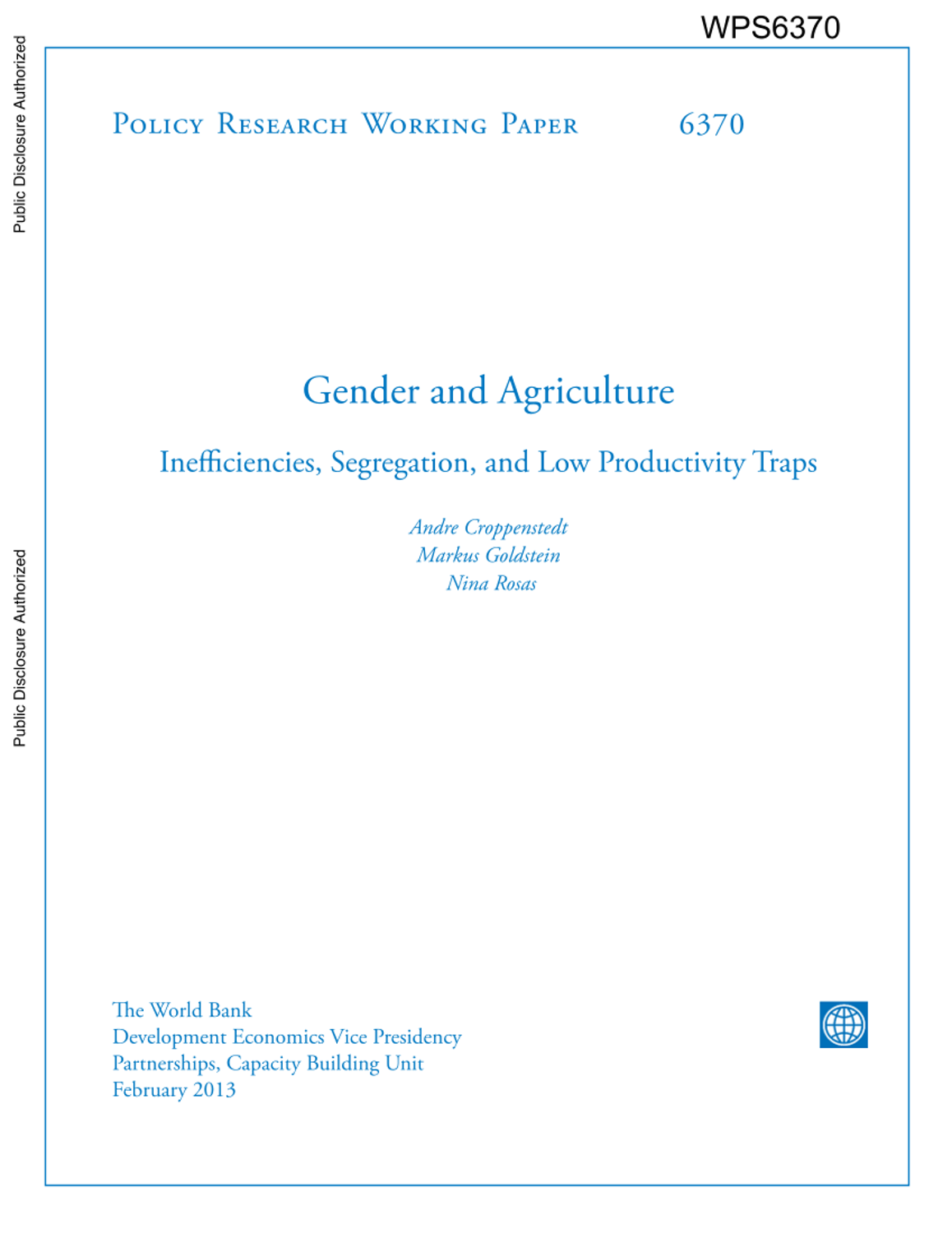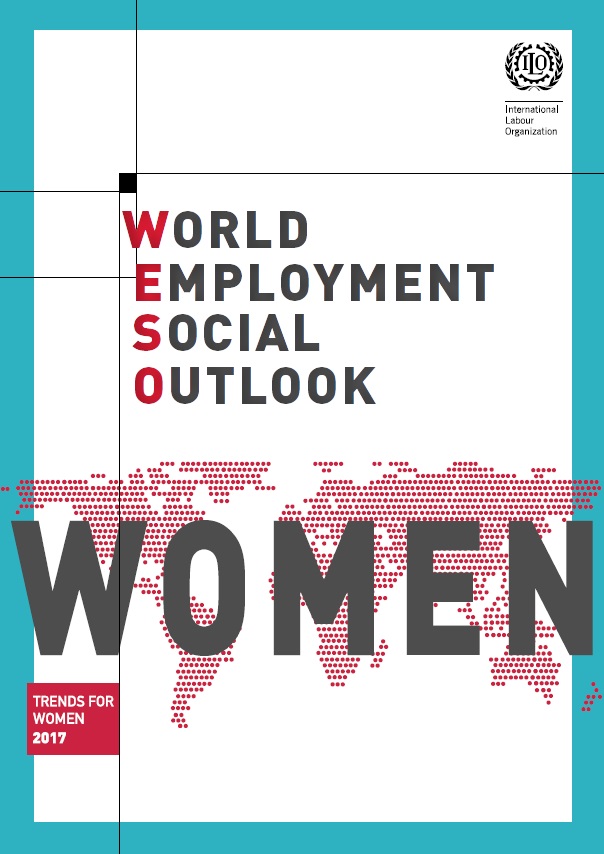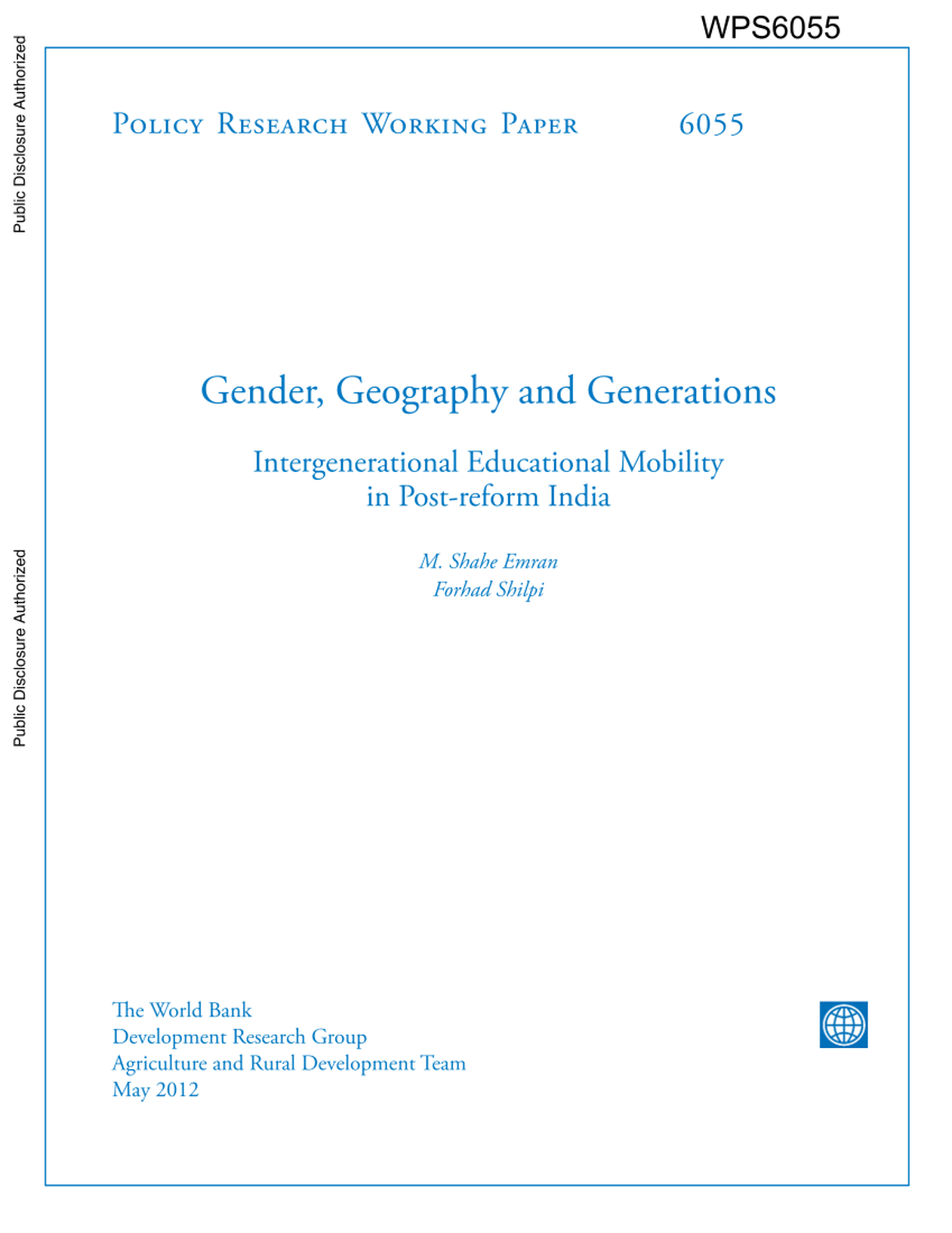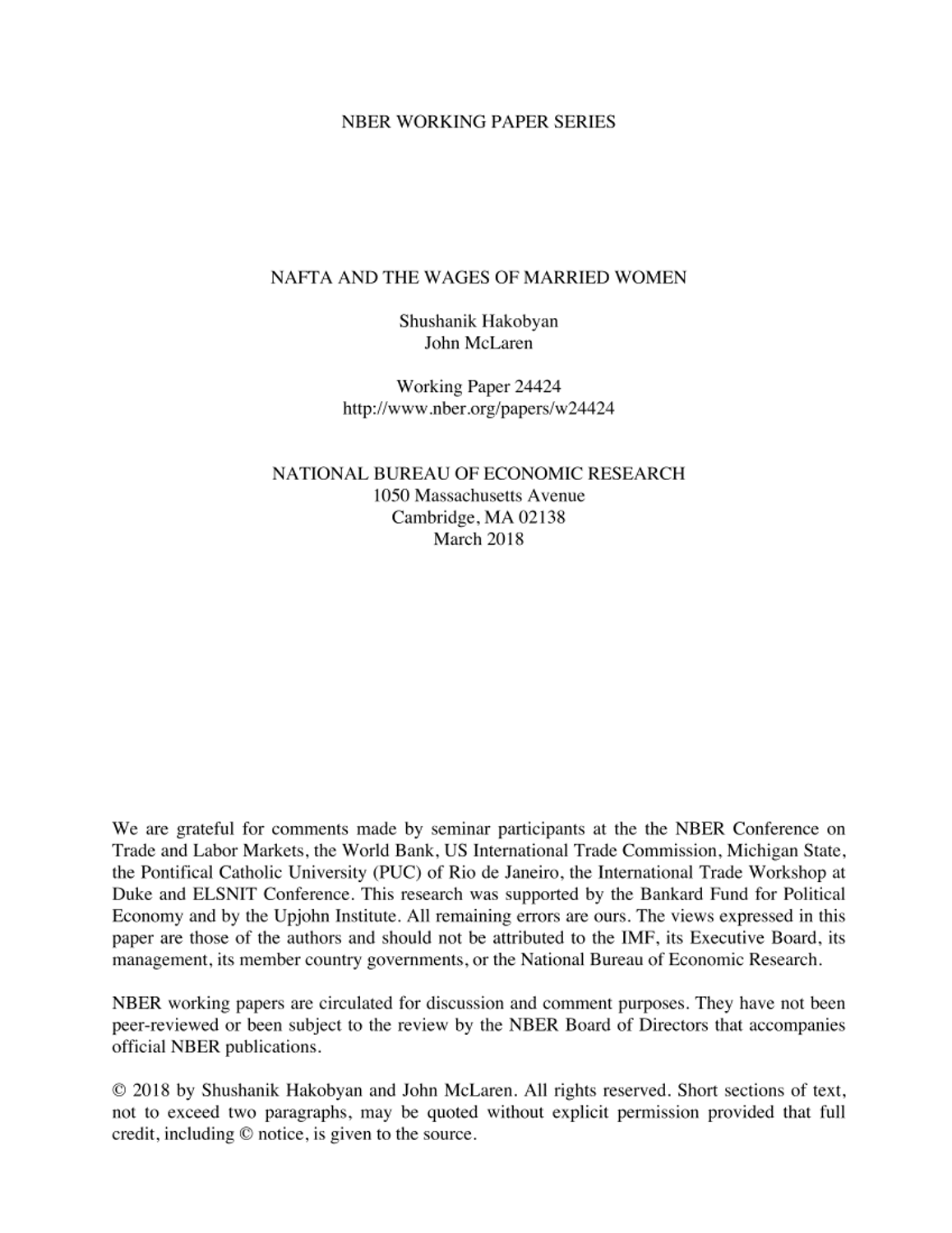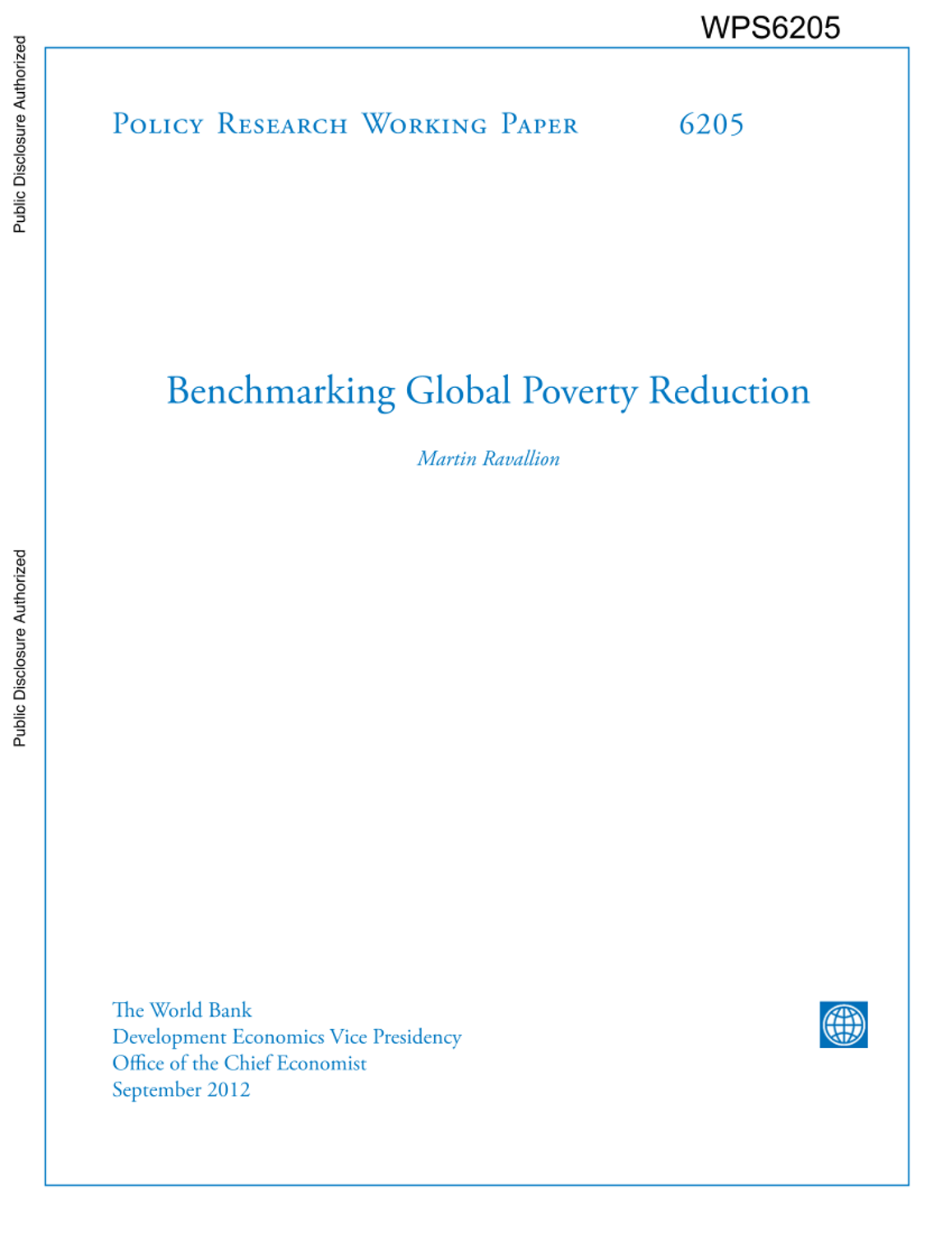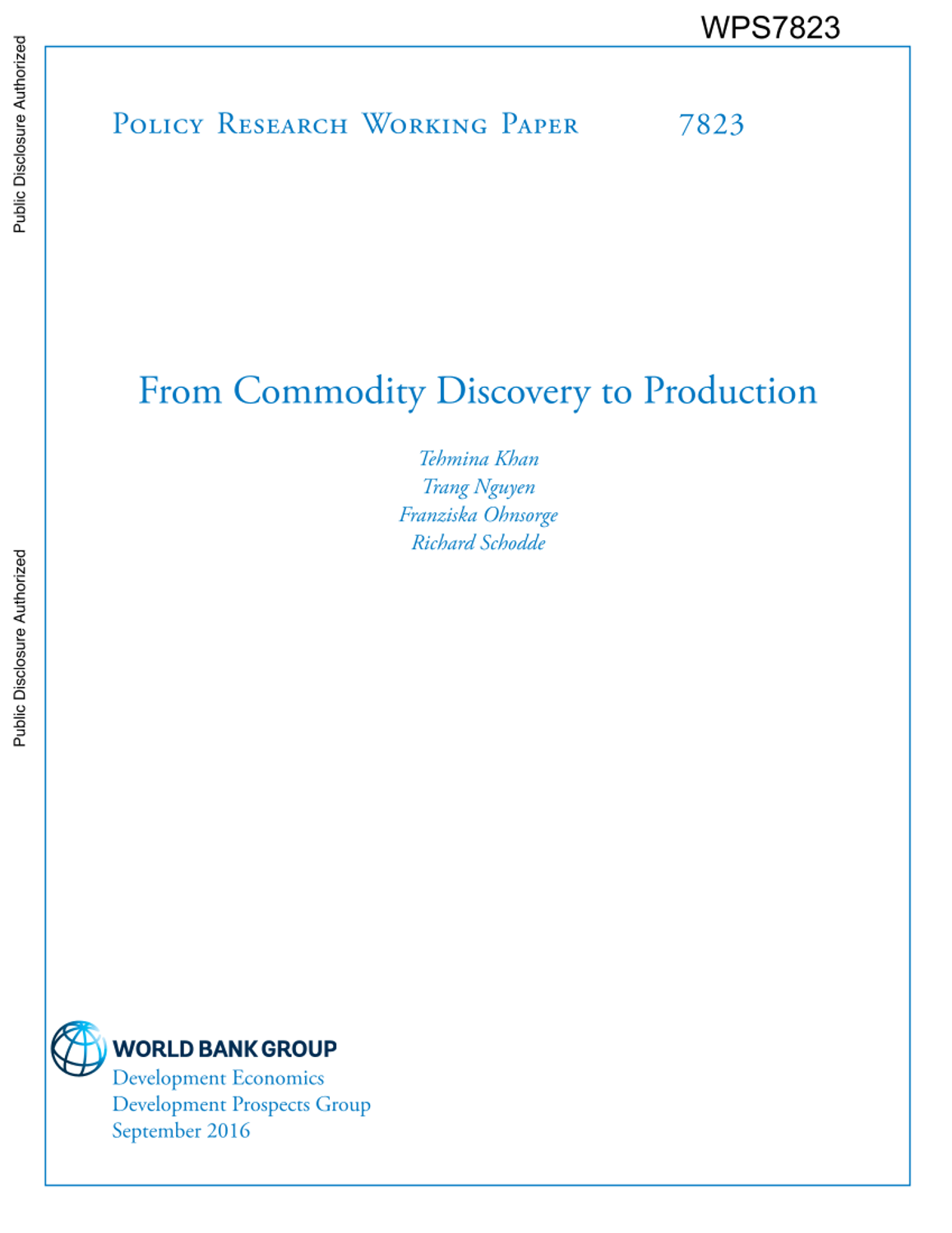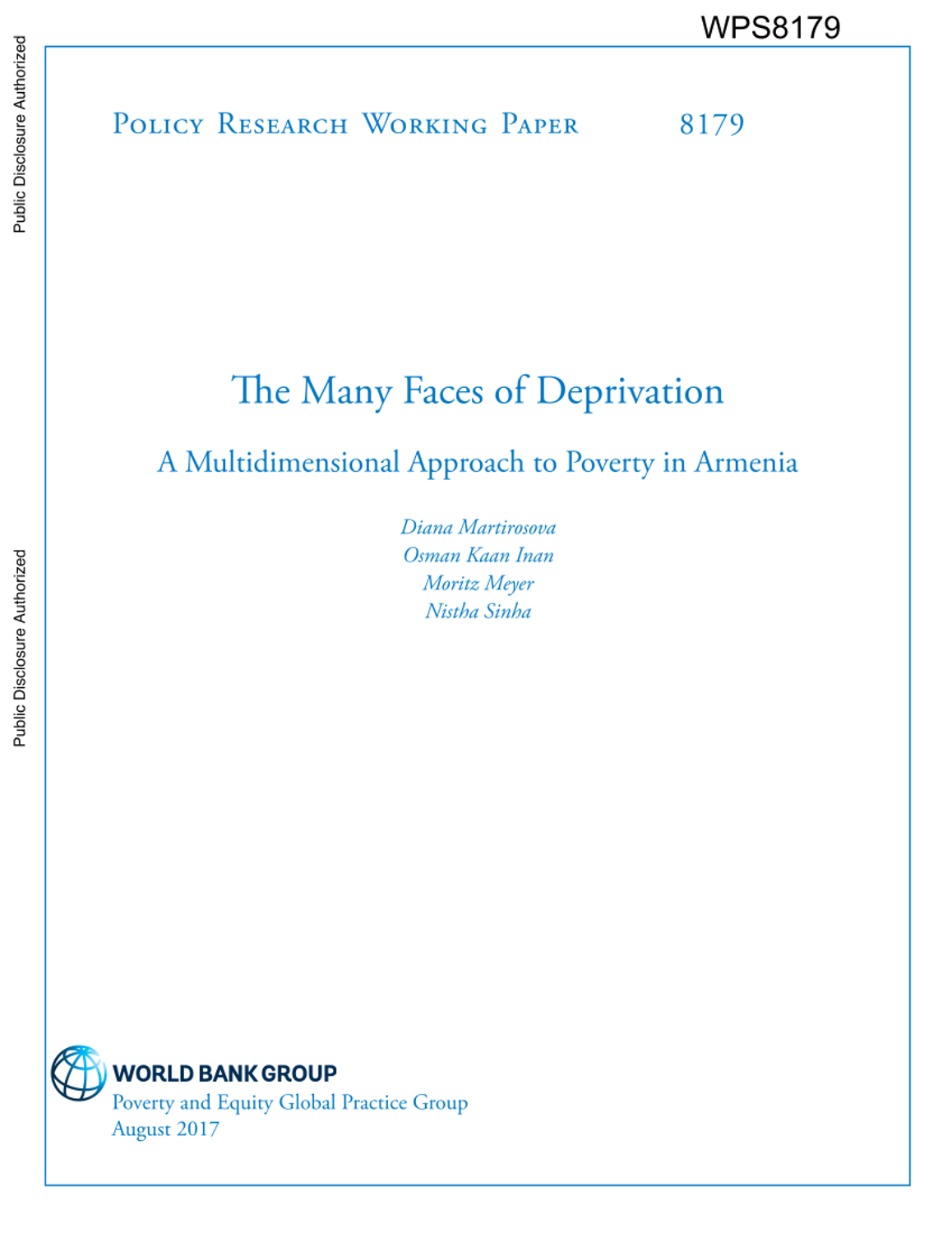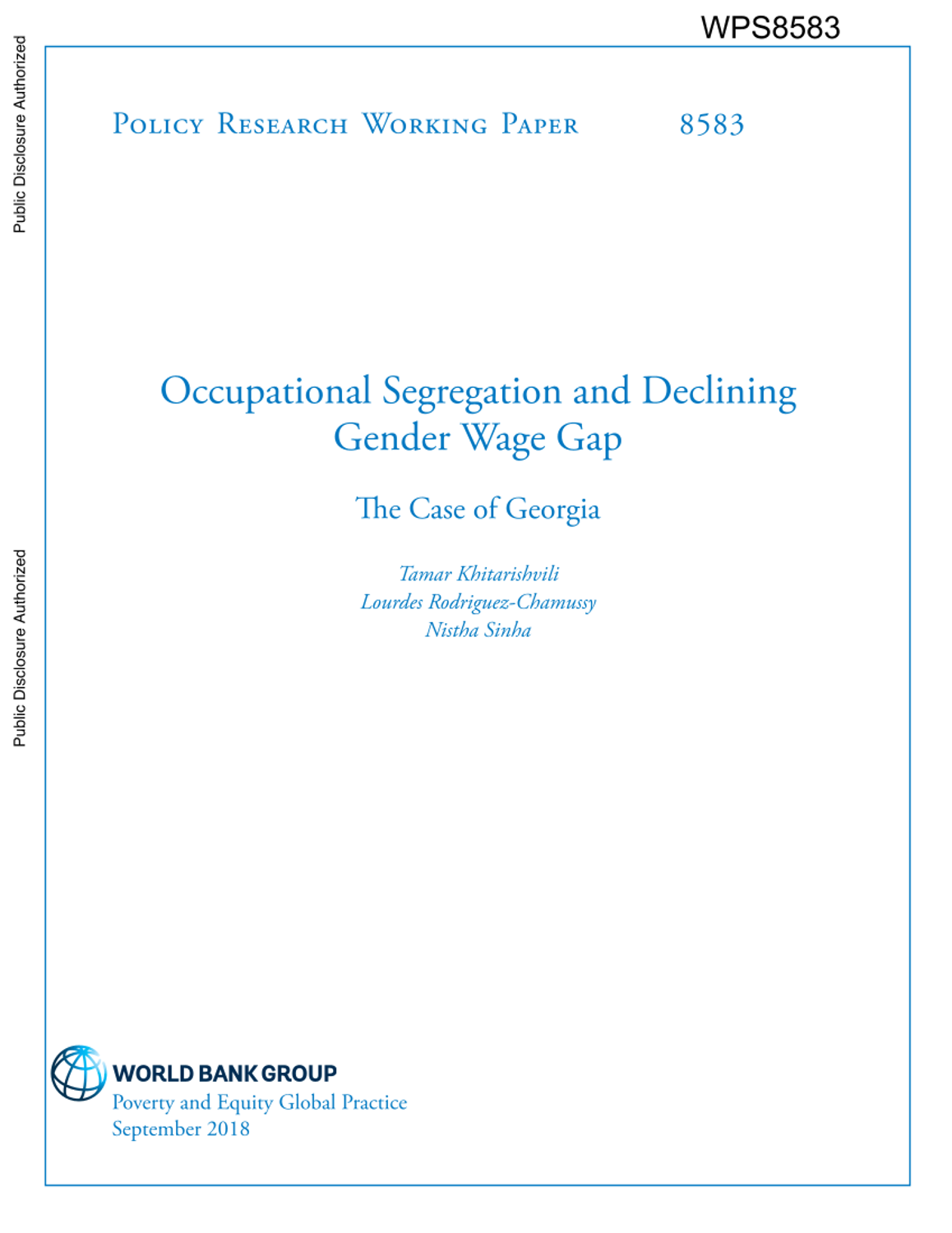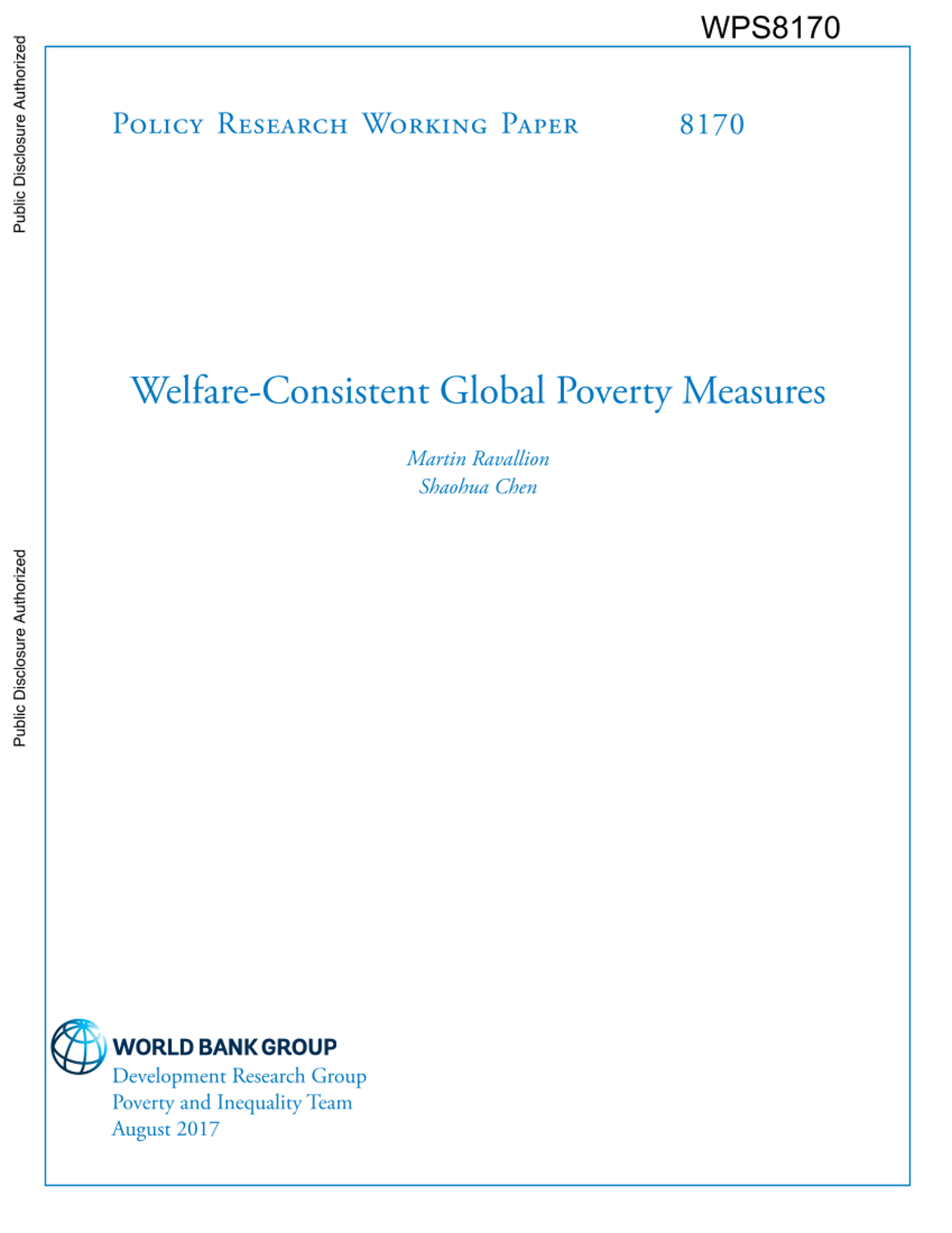연구보고서World Bank Policy Research Working Paper 6370
Gender and agriculture : inefficiencies, segregation, and low productivity traps
- 청구기호
- WPS 6370
- 발행사항
- Washington,D.C : World Bank, 2013
- 형태사항
- 32 p. :. PDF file ;. 496 KB
- 바로가기
소장정보
| 위치 | 등록번호 | 청구기호 / 출력 | 상태 | 반납예정일 |
|---|---|---|---|---|
이용 가능 (1) | ||||
| E0001799 | 대출가능 | - | ||
이용 가능 (1)
- 등록번호
- E0001799
- 상태/반납예정일
- 대출가능
- -
- 위치/청구기호(출력)
책 소개
Women make essential contributions to agriculture in developing countries, where they constitute approximately 43 percent of the agricultural labor force. However, female farmers typically have lower output per unit of land and are much less likely to be active in commercial farming than their male counterparts. These gender differences in land productivity and participation between male and female farmers are due to gender differences in access to inputs, resources, and services. In this paper, the authors review the evidence on productivity differences and access to resources. They discuss some of the reasons for these differences, such as differences in property rights, education, control over resources (e.g., land), access to inputs and services (e.g., fertilizer, extension, and credit), and social norms. Although women are less active in commercial farming and are largely excluded from contract farming, they often provide the bulk of wage labor in the nontraditional export sector. In general, gender gaps do not appear to fall systematically with growth, and they appear to rise with GDP per capita and with greater access to resources and inputs. Active policies that support women''s access and participation, not just greater overall access, are essential if these gaps are to be closed. The gains in terms of greater productivity of land and overall production are likely to be large.

